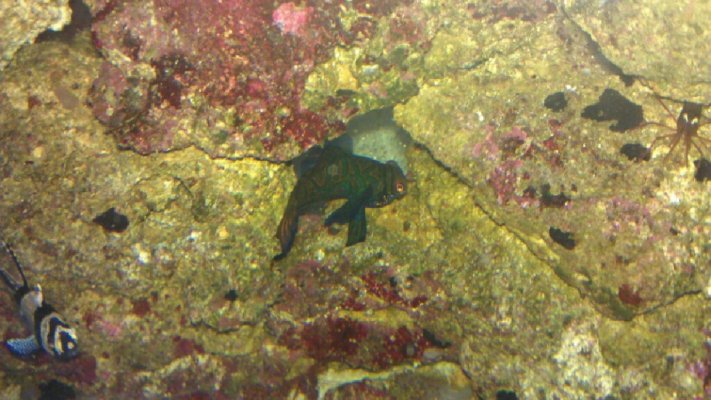cmor1701d
Aquarium Advice Addict
@Andy, Thanks. I just realized that I bought this tank in February in 2003. Now I wondering about that 10 year tank guarantee 
Doing the math the mandarin was really only 6 years+.
I have heard of others who bought ORA Mandarins that suddenly stopped eating prepared foods. No one could think of a reason, they just stopped one day. That's kind of why I am torn about getting a new one or leaving this species to the wild. I feel much stronger about leaving anemones in the wild, but I may get there with this fish too. Too many perish in that first year to make it worthwhile.
More and more fish are being captive raised. The wholesalers are getting much better at growing them out. Hopefully that will continue and more species will be TR.

Doing the math the mandarin was really only 6 years+.
I have heard of others who bought ORA Mandarins that suddenly stopped eating prepared foods. No one could think of a reason, they just stopped one day. That's kind of why I am torn about getting a new one or leaving this species to the wild. I feel much stronger about leaving anemones in the wild, but I may get there with this fish too. Too many perish in that first year to make it worthwhile.
More and more fish are being captive raised. The wholesalers are getting much better at growing them out. Hopefully that will continue and more species will be TR.




